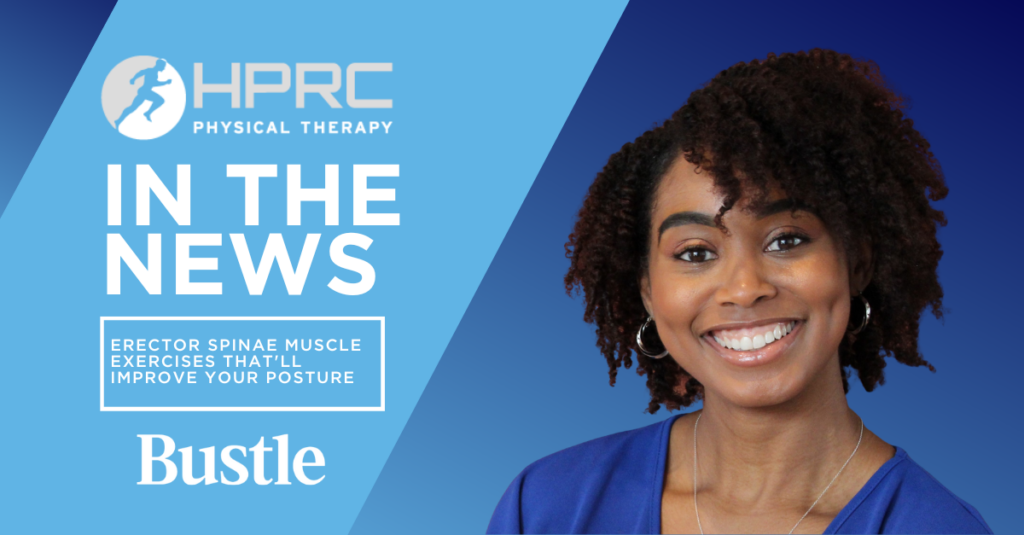These days, lifting your child’s backpack can provoke this sort of response:
“This is so heavy! How can you possibly carry it?”
Backpacks today feel like they’re filled with rocks or weights instead of the essential tools of learning. Thick textbooks and even thicker binders are crammed into the backpacks of developing children and teens, whose daily load might also include juggling lunch boxes, musical instruments and athletic gear.
How can you ensure your child has what he or she needs to succeed in school without causing harm to their young bodies?
A backpack can be an efficient way to carry a load, but only when it’s be worn and used correctly. A backpack should be appropriately sized to wearer and isn’t filled with more than 10% to 15% of a person’s body weight. Taking time to carry a backpack the right way will go a long way in preventing low back pain, posture problems and other concerns.
Select a backpack that fits
One of the biggest mistakes parents of younger children face is selecting a backpack that’s too big. Perhaps you have a pre-Kindergartener who insists on an oversized Frozen backpack that seems better suited for a larger child. What do you do if you can’t find an equivalent smaller option? Keep looking! Backpacks that are too large for the wearer can throw the body off balance because the weight inside is not distributed evenly. According to the National Safety Council, a backpack should not be wider than a child’s torso or hang more than 4 inches below the waist.
Never wear just one shoulder strap
Some kids might think it looks cool to carry a backpack slung on one shoulder, but this posture can cause strain on one side of the body. It might not be immediately apparent, but carrying a disproportionate amount of weight on one side can lead to posture and movement problems that trigger muscular pain in the neck, shoulder, hip and knee.
Be mindful of recommended weight limits
The recommended weight limit for a backpack is not more than 10% to 15% of the wearer’s bodyweight. For example, If your child weighs 80 pounds, his backpack should not weigh more than 8 to 12 pounds. Pick up your child’s backpack from time to time and place it on a bathroom scale. If it’s too heavy, see what sorts of adjustments you can make. Encourage them to clean it out regularly. It’s possible that books could be returned to the library, or that some textbooks could be left in a locker or at home when they’re not needed.
Choose a backpack that has thick, padded, adjustable shoulder straps
Be sure to select a backpack that includes thick, padded, adjustable shoulder straps. Most modern school backpacks feature this, but there are less practical designs that include thinner straps or cords that are not padded. Thicker straps help to distribute the load more evenly and won’t dig into the shoulders like thin straps can.
Pack strategically
The way you pack a backpack makes a difference in how easy it is to carry it. Help your child load their backpack by placing the heaviest items in first, so that they’re placed closest to the wearer’s back. If the backpack holds multiple three-ring binders, be sure to alternate the thick and thin ends of the binders so that, together, they create an even block. Distribute the load of smaller items by placing them into compartments.
Choose lightweight material
Select a backpack that is made of a lighter weight material, such as nylon, rather than canvas or leather. While canvas and leather might seem trendier or more attractive, they add unnecessary weight that can cause the wearer to leans forward to compensate. This stooped-over position causes poor body mechanics and can cause low back pain.
If you have questions or concerns about your child’s backpack, or if they’re experiencing low back pain as a result of a backpack that’s too heavy, talk to a qualified clinician. An experienced PT or PTA can work with your child about good habits now that will protect their health and wellness for years to come.
Lindsey Martindill a licensed Physical Therapist Assistant who has been employed with HPRC since 2017. She earned her PTA degree from Darton College, after earning a BS in Exercise Science from Columbus State University. Lindsey is a member of the American Physical Therapy Association (APTA), and Physical Therapy Association of Georgia. She is ASTYM (Augmented Soft Tissue Massage) certified. Her practice specialties include orthopedics, sports injuries and pain science.



